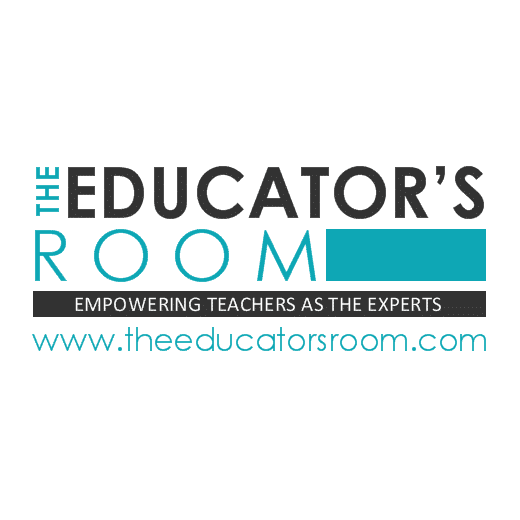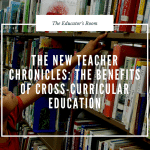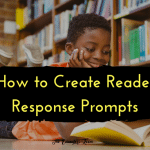If there is one message that I get when I examine the Common Core standards for reading and writing, it’s this: Share the load. I think that English teachers have often shouldered the burden of literacy. We have felt that it is simply our job to teach students to write and to read and to analyze challenging texts. But I also think that this martyrdom needs to end. The standards are clearly for history/social sciences, science, and technical subjects—not just ELA. English teachers aren’t responsible for all of it, even if we think we can get it done alone.
I could be cynical and believe that biology or American history teachers would rather sit back and give students multiple choice quizzes and powerpoint presentations while they let their colleagues down the hall read through stacks of essays. Or, I could be more hopeful and believe that those who have not spent years teaching ELA are just a little nervous. They’d like to do their part to teach literacy—to integrate more reading and writing into their classrooms—but they need a little guidance, or at least a few pointers.
And if I choose to believe this, then I do think it is at least partially our responsibility as teachers of ELA to help them out.
My suggestion for a good first step to integrating literacy into the non ELA classroom is to assign outside reading of high-interest texts. Books like The Hot Zone: A Terrifying True Story by Richard Preston or Outliers by Malcolm Gladwell are good reads, and could easily be assigned for independent reading. If a book is too much to take on, an essay from a current magazine or a chapter from a good book would also be good practice for reading non fiction, and could make for some great discussions or research projects.
Want to have a few peaceful class periods? Spend class time silently reading or reading out loud to your students.
[fusion_builder_container hundred_percent=”yes” overflow=”visible”][fusion_builder_row][fusion_builder_column type=”1_1″ background_position=”left top” background_color=”” border_size=”” border_color=”” border_style=”solid” spacing=”yes” background_image=”” background_repeat=”no-repeat” padding=”” margin_top=”0px” margin_bottom=”0px” class=”” id=”” animation_type=”” animation_speed=”0.3″ animation_direction=”left” hide_on_mobile=”no” center_content=”no” min_height=”none”][bctt tweet=”an essay from a current magazine or a chapter from a good book would also be good practice for reading non fiction” username=”EducatorsRoom”]
Want an easy assessment? Make a simple twenty-question quiz on the text with objective answers that cannot be answered by watching a film or talking to a friend. (Anyone who reads the first chapter of The Hot Zone will never forget that horrible list of symptoms, for example.)
Want to get some writing in at the same time? Assign an essay on the independent reading. Encourage students to write about the ideas that they discover in the texts that they read rather than summaries or pure opinion pieces about their likes or dislikes.
But how do you grade that writing?
This is my best tip for grading writing without losing your free time (or your mind): Just worry about the content. I know that there is an idea that grading writing is grading grammar and structure and spelling, and that English teachers don’t actually grade content. That idea is false. Your goal with assigning student writing is to see if they can understand a topic and then explain it clearly to a reader. As long as you make sure that students know what is expected and you create a rubric that clearly outlines those expectations, you won’t have such a hard time grading. You know when they know, and that’s most of what you need. Don’t worry about nitpicking grammar or spelling—you’ll just make yourself crazy, students won’t usually read all your red marks, and anyway, studies have shown that that isn’t the best way for them to improve on those elements.
I’m not going to lie and say that grading an essay is just as easy as putting a sheet through a scantron machine. But it is a lot more interesting, and my guess is that you will get to know your students on a whole new level.
Keep in mind what you want them to get out of the assignment, explain your expectations clearly, give them an assessment based on that, and the rest will fall into place.

[/fusion_builder_column][/fusion_builder_row][/fusion_builder_container]






